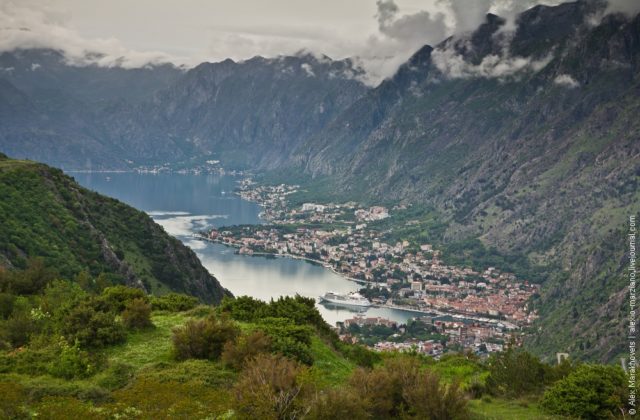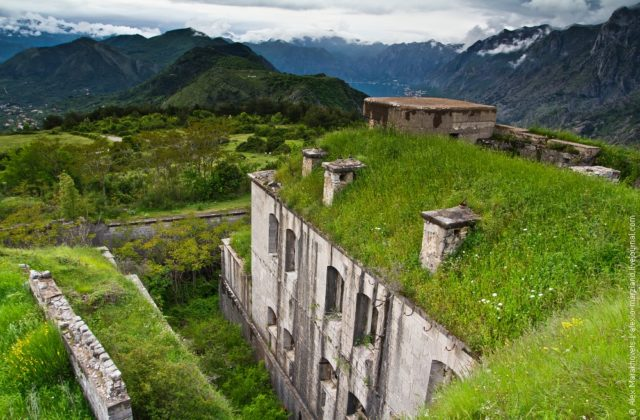There is an interesting and important defensive fortress called Fort Gorazda located six miles from Kotor in Montenegro. With an ingenious type of camouflage, it is quite difficult to find, which is likely to account for why it is so well preserved.
At the end of the 19th century, many fortresses were built around Boka Bay as defensive points. This was part of an Austrian initiative to try and maintain control in the area over the Krivošije clan who lived in the nearby mountains. Fortresses like the one at Gorazda were designed to quell the regular uprisings in the area.
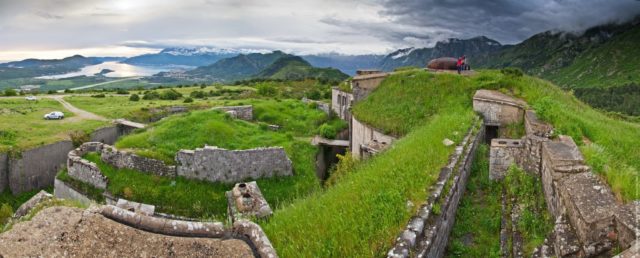
One of the most impressive is the fort which stands on Goražde Hill at an altitude of 1,500 feet. Gorazda Fort was constructed from reinforced stone and concrete, and the whole structure was situated within a ditch. It boasted caponiers in the corners for added protection at close range.
Fort Gorazda was built between 1884 and 1886. Another defensive structure had already been built on this site in 1869, but the architects wanted Fort Gorazda to be the most modern and state of the art fortification. The fort was armed with mortars, casemates, machine guns, and gun crews, the newest and best examples from the arms industry.
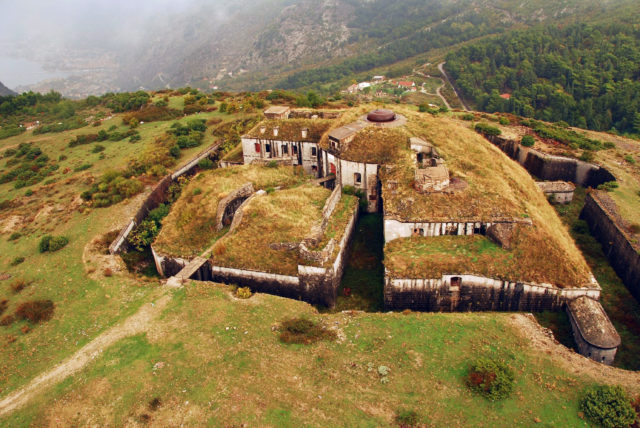
Fort Gorazda’s location on the Boca Coast gives it geostrategic importance. Two bays are easily visible from the plateau – the Bay of Kotor and the Tivat Bay. Kotor was used as a major naval base by the Austro-Hungarian Empire, so the fort was constructed to monitor and observe the waters and provide defensive fire if necessary.
During the First World War, it housed 195 military staff, including eight officers. The Austrians used the fort in artillery fights with a Montenegrin battery which was located on Mount Lovćen.
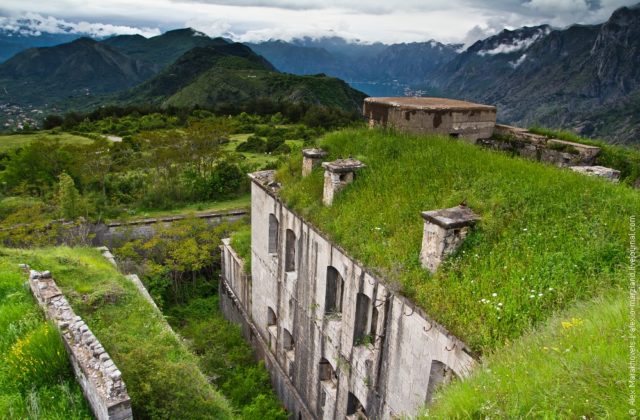
Even before it was abandoned, the roof of the fortress was covered with grass as a form of camouflage. This allowed the fort to be effectively invisible from the air or even land. Holes in the roof allowed light to enter.
There were underground tunnels in the fortress and a ventilation system in addition to a well, meaning that the occupants wouldn’t necessarily need to venture beyond the fort’s walls.
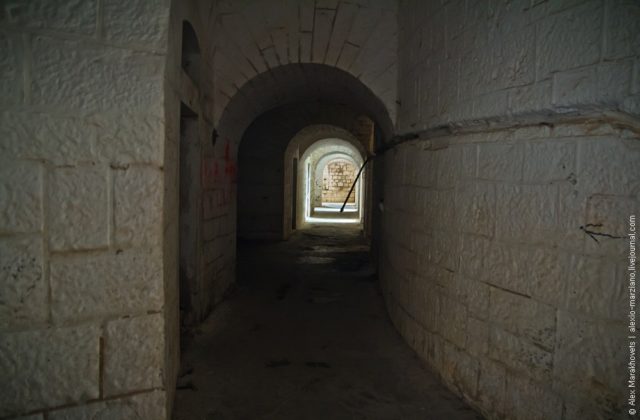
The interior of the fort was designed to have long halls and spacious rooms, making it look like a maze. Two spiral staircases lead from the roof to the basement. A steel door was installed at the main entrance which could be reached by means of a retractable bridge over the ditch.
Above the main entrance, an inscription is carved in stone, “Thurmfort Gorazda,” which in German means “Gorazda Fortress Tower.” The word Gorazda is from the Old Slavonic language and means “clever” or “skillful,” although there is a similar Hungarian word which means “grumpy,” so the etymology of the name remains uncertain.
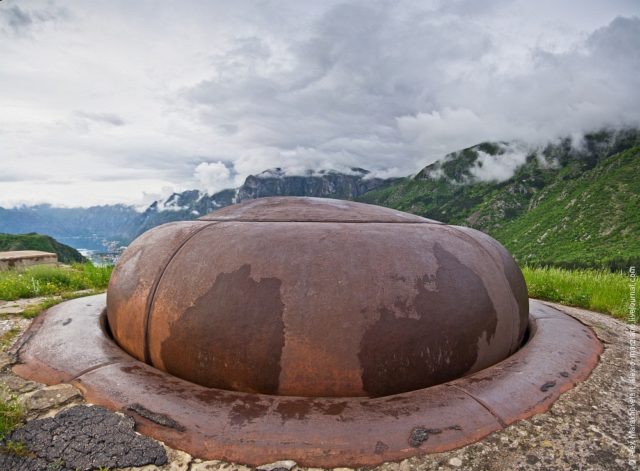
Two rotating observation towers were installed on the roof, designed to work with concrete infantry positions below to strengthen the defense of the fort at close range. These infantry positions were added in 1915 in response to an attack by the Montenegrins from Mount Lovćen.
There is also a rotating armament tower which was an invention of the noted German engineer Hermann Gruson. The Gruson turret is located above the central part of the fort and weighs 100 tons. Two people needed to rotate it manually using a crank. This Gruson turret is thought to be the last example of its kind.
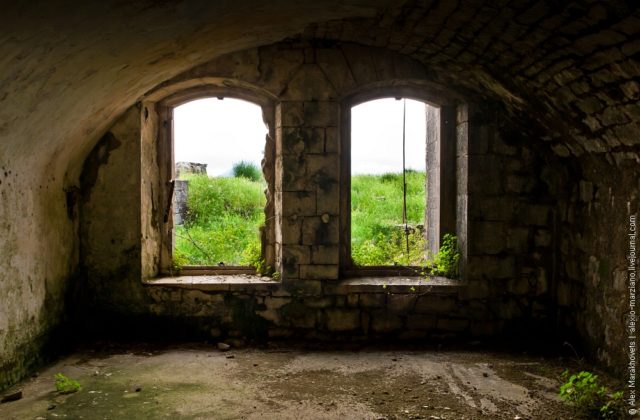
After the end of World War I, the fort was captured by the Yugoslav army who occupied it until the early 1990s. At that point, Fort Gorazda was abandoned and many of the fort’s interior metal items were subsequently stolen.
Today, anyone can visit the historic site. This place is interesting to walk around but it is in a deteriorating state, so visitors should exercise caution when exploring. On occasion, Fort Gorazda has been used as a filming location, most recently for the Italian TV movie The Heart in the Well (Il Cuore nel Pozzo) in 2005.
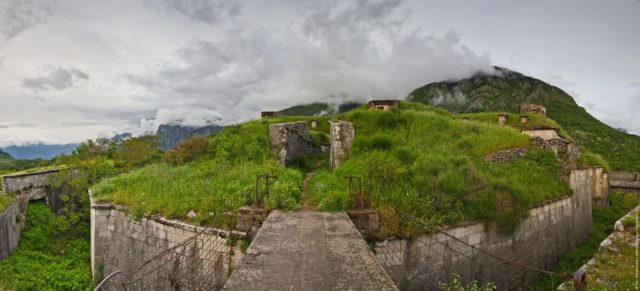
Alexey Marakhovets is a traveler and photographer who dreams of visiting every country around the world. So far, he has already visited 40 countries.
Alexey runs his own blog about the information he collects during his trips, adding impressive photos he’s taken. You should definitely check out his LiveJournal account via this link.
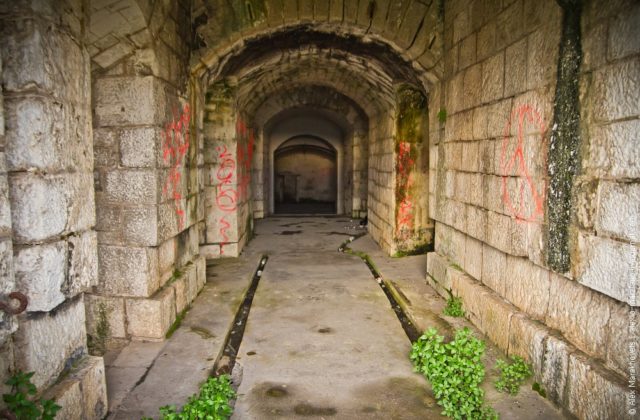
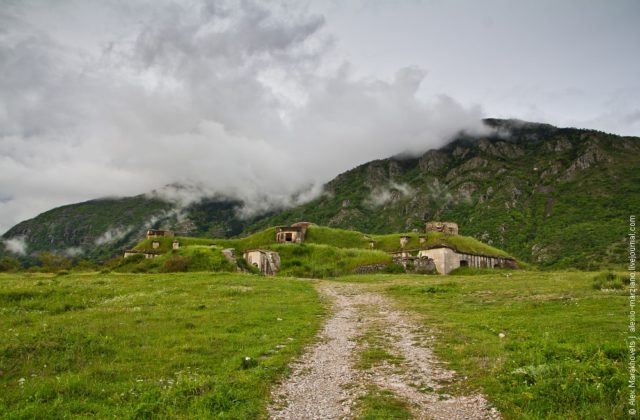
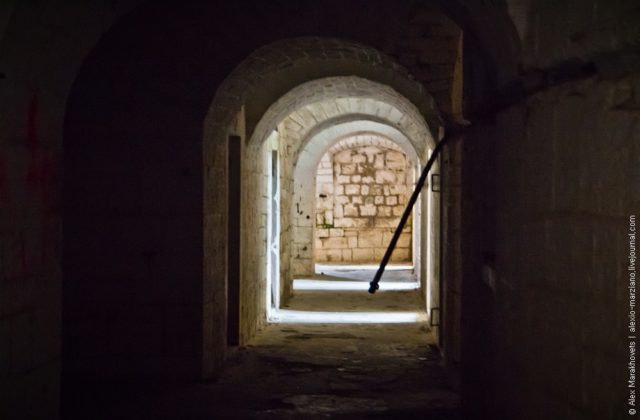
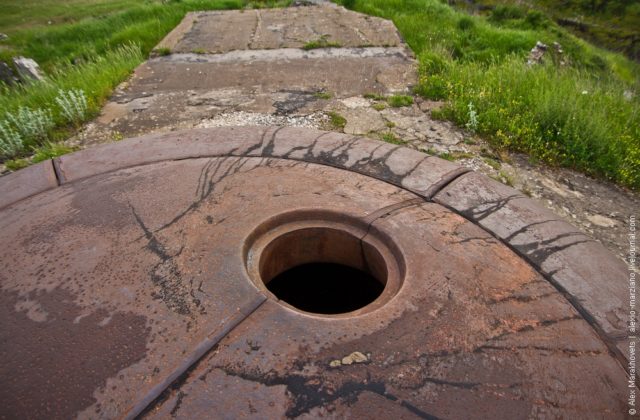
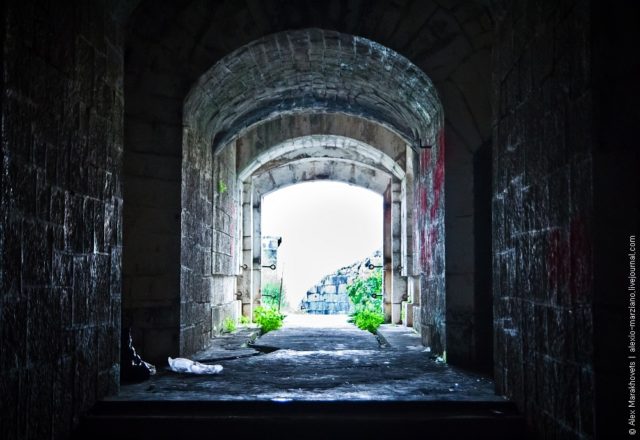
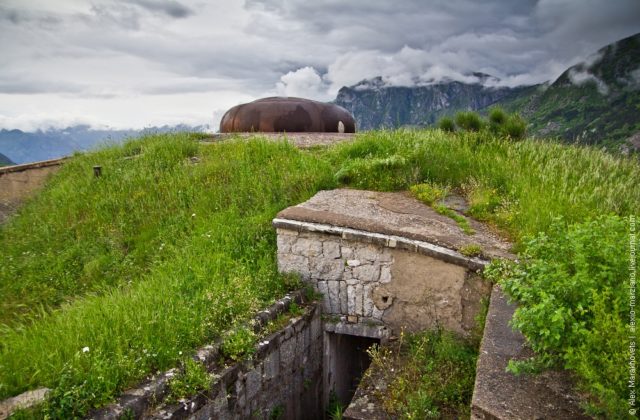
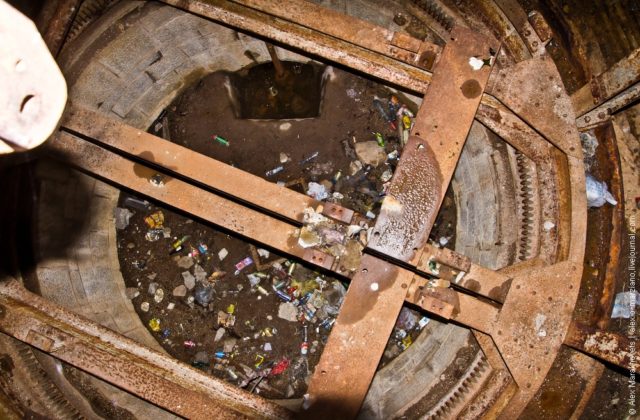
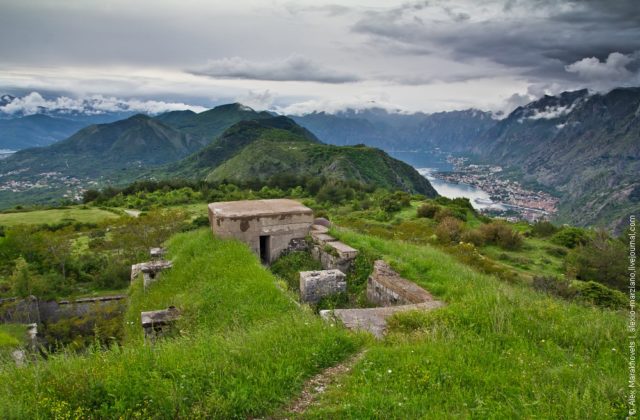
https://www.youtube.com/watch?v=D1QXz2xJryw
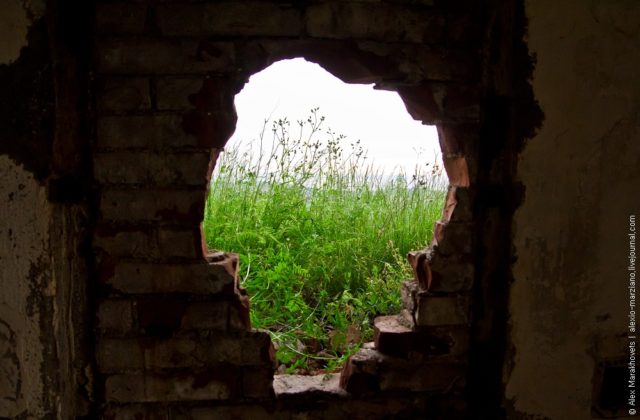
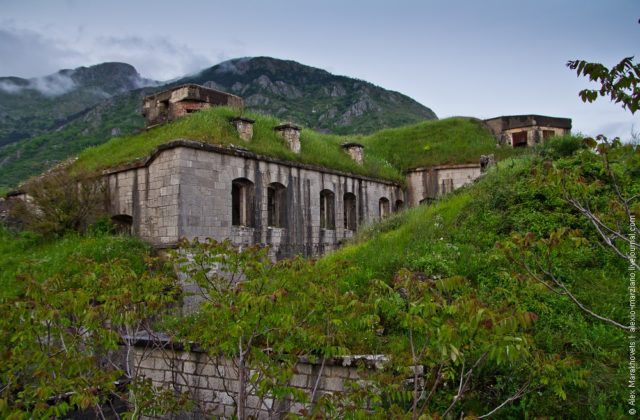
The ghost village of Tyneham where time stopped in 1943 – they had 28 days to leave
